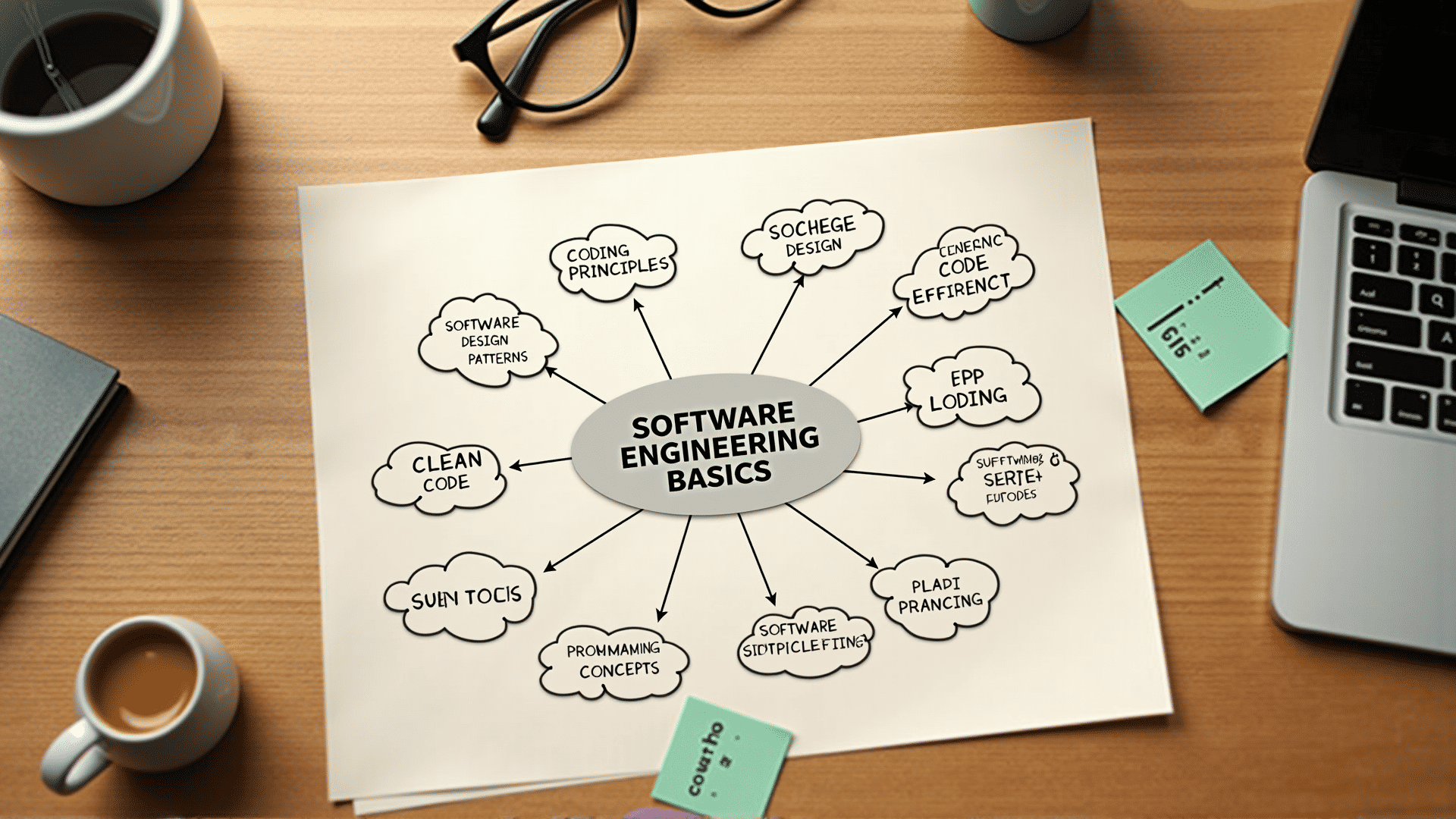Understanding the fundamental principles of application crafting is vital for both newcomers and seasoned experts in the field of technological development. These principles serve as the framework upon which effective, efficient, and maintainable digital tools are built. This guide will explore the key concepts that form the backbone of application engineering.
1. Requirement Analysis
The first step in the process is understanding what needs to be built. This involves collecting detailed user needs and defining the scope of the project. An efficient requirement analysis helps in setting clear expectations and forms the baseline for the entire development process.
2. Design
Designing an application involves creating an architecture that will meet the requirements gathered. It involves high-level planning of the system, choosing appropriate technology stacks, and defining data structures and interfaces. A well-thought-out design ensures the system is robust, scalable, and meets user needs.
3. Coding
This phase translates the design into a working model. Writing clean, efficient, and maintainable code is paramount here. Adhering to coding standards and using version control systems can facilitate collaboration and support future updates with minimal issues.
4. Testing
Testing is crucial to ensure the application functions as intended. Various testing strategies, such as unit testing, integration testing, and system testing, are employed to catch bugs and verify that all components work together correctly. Rigorous testing prevents future issues and ensures high-quality deliverables.
5. Implementation
Once testing is complete, the next step is deployment. Implementing an application requires careful planning to minimize disruption. This phase ensures that the application is configured correctly and is able to be used by its intended audience.
6. Maintenance
Maintenance involves updating and refining the application after it has been deployed. This includes fixing any issues that arise and updating the application to adapt to new requirements or environments. Continuous improvement is a significant aspect of this phase to ensure the application remains relevant and efficient.
7. Project Management
Effective project management is integral throughout the development lifecycle. Utilizing methodologies such as Agile or Waterfall helps in managing time, resources, and project scope efficiently. Keeping stakeholders informed and engaged encourages alignment and ensures the delivery of a product that meets all expectations.
8. Security
Security should be integrated into every phase of the lifecycle. Implementing security best practices helps in safeguarding data and protecting the application from potential threats. Regular security assessments and updating security protocols are vital to maintaining the application’s integrity.
Application engineering is more than just writing code; it's about creating reliable, efficient, and user-centric products. Understanding and applying these fundamental principles helps in building applications that not only meet current requirements but are also adaptable to future challenges. Mastery of these basics empowers developers to deliver impactful solutions in an ever-evolving digital landscape.
